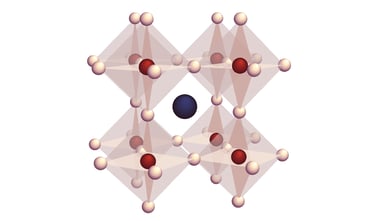The authors explore optical signatures of single ion tracks in zinc oxide (ZnO) with depth-resolved hyperspectral cathodoluminescence (CL) and photoluminescence (PL) spectroscopy techniques.
Ion implantation has been used for precise engineering and studying fundamental properties of semiconductors for the past few decades. With ion implantation it is possible to modify electrical, mechanical, and optical properties of bulk and nanostructured materials. As a result of ion implantation point defects and lattice distortions are created along the ion trajectory, also known as ion-tracks. The ion tracks of high-energy ions are used to nanostructure materials, fabricate microfilters, and play an important role in understanding materials’ radiation resistance. Ion tracks, which are formed by ions with a lower energy where the nuclear stopping prevails, are not as commonly studied however. As such, developing novel methodologies for studying their properties is of importance according to the authors.
ZnO has excellent properties for optoelectronic applications, and can be used in solar cells, blue/UV light emitting diodes, lasers and more. Moreover, it shows extraordinarily high radiation tolerance compared to materials such as Si, GaN or GaAs. In the paper, authors study ion implantation effects in ZnO single crystals. The samples implanted with germanium (Ge) ions were characterised with depth-resolved cathodoluminescence (DR-CL) and photoluminescence (PL) spectroscopy. Hyperspectral CL imaging at liquid nitrogen temperature was used to observe single ion impacts and defect distributions.
The experiments prove that hyperspectral CL and PL can be used to study changes in materials properties induced by single ion tracks. The results indicate that ZnO is sensitive to implantation doses as low as 108 to 109 cm-2. Studying single ion tracks effects is crucial for better understanding the tolerance to radiation that such materials would receive in space based applications for example.
If you would like to learn more about this research, you can access the paper here.
.png)






